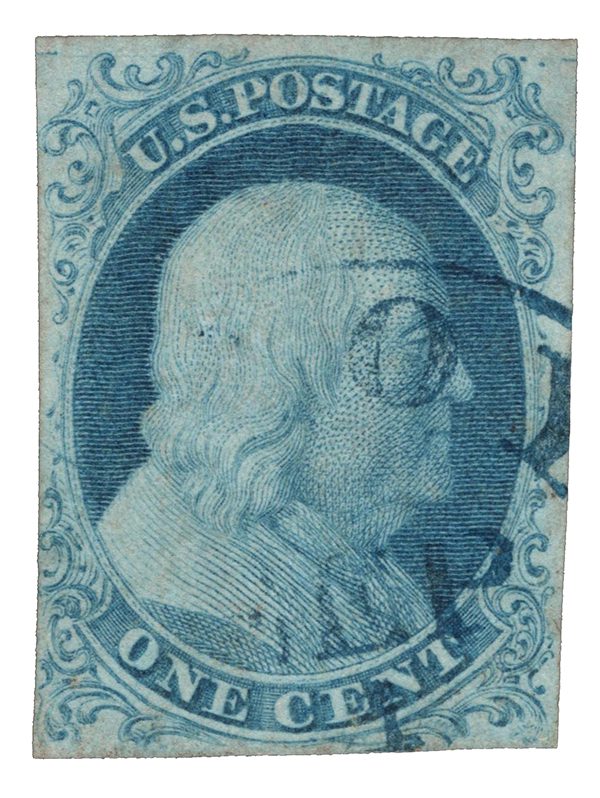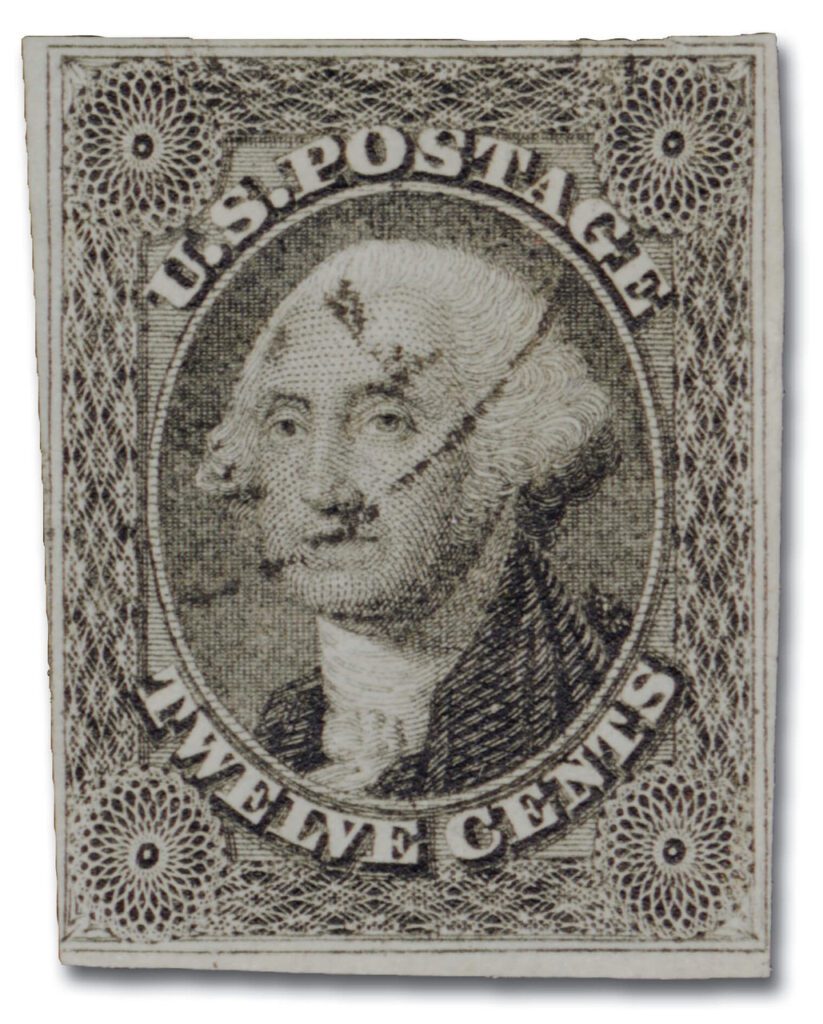
On July 1, 1851, several stamps from America’s second series of postage stamps were issued. These new stamps were issued to meet reduced postal rates that practically eliminated distance as a factor.
America’s first two postage stamps were issued exactly four years earlier. At the time, rates were determined by the weight and distance the letter was being mailed. Letters mailed 300 miles or less were 5¢ per half ounce; while those mailed over 300 miles were 10¢ per half ounce. Postage could be paid by the sender at the time the letter was mailed, or by the addressee upon receipt.

When the sender paid postage, the letter was marked “paid” by pen and ink or hand stamped. If no such cancel was evident, the person receiving the letter paid the postage. Inspections for accuracy and records of postal revenues were virtually impossible. With pre-printed stamps, accurate records could be kept of how many were issued and sold.
These stamps and rates remained in use until 1851. Then on March 3, 1851, Congress reduced postal rates. These new rates practically eliminated distance as a factor and created a need for new denominations. The 1¢ stamp was used on all mail up to 3 ounces and on “drop letters” which were mailed to the same town. The single letter rate, based on a half-ounce, was changed to 3¢ for mail not over 3,000 miles. Mail exceeding this distance was lowered to 6¢. Letters sent to or from a foreign country over 2,500 miles cost 10¢ and foreign mail under 2,500 miles cost 10¢.
The first stamps issued to meet this new rate were issued on July 1, 1851. Prepayment was still optional. If postage was paid by the addressee upon receipt, the rate was higher. Due to increased collect rates, the use of postage stamps was greatly stimulated.
Several of the stamps from this issue may look similar. That’s because they’re different “types.” Types or varieties occur when a stamp has differences which vary from the way it was originally intended to be printed. These differences occur when the design is being transferred to the plate for printing or when lines are re-cut.
The design is engraved on a die – a small, flat piece of steel. The design is copied to a transfer roll – a blank roll of steel. Several impressions or “reliefs” are made on the roll. The reliefs are transferred to the plate – a large, flat piece of steel from which the stamps are printed. When the design is being transferred to the roll or plate, differences can occur. A damaged plate or foreign matter causes differences. Lines re-cut on a worn plate can result in double lines.
On March 3, 1855, Congress passed another act, changing the rate for letters over 3,000 miles to 10¢. This act also made pre-payment compulsory beginning on April 1, 1855. The act also permitted the postmaster to create a registration system for valuable letters and to charge a five cent registration fee. Registration stamps to pay this fee would be required beginning on June 1, 1867.
Find other stamps in the series here.
| FREE printable This Day in History album pages Download a PDF of today’s article. Get a binder or other supplies to create your This Day in History album. |
Discover what else happened on This Day in History.




6 years of this day in history. Over 2000 articles and still counting. For this I say thank you, keep up the great work and Happy Anniversary.